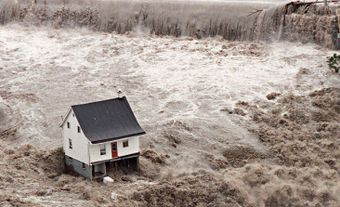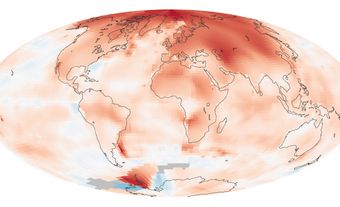In geography and civil engineering, a dike is a barrier or ditch limiting or preventing the flow of water. Such barriers are also called levees. While a dam stretches
across a waterway, a dike usually runs along its side. Dikes can form as a result of natural forces, but most are constructed by humans. The purpose of building a dike is usually to prevent flooding. New land can also be reclaimed by using dikes to drain wetlands or
to push back the boundaries of a body of water.

A dike is built on the east side of Mugg's Island, Toronto, Ontario on 26 May 1919.
Types of Dikes
Dikes may be erected permanently or for temporary purposes. Permanent dikes are typically built from some combination of rock, earth, sand, clay and asphalt. Temporary dikes made of sandbags are often put together as a response to a sudden flood risk.
Dikes in Canada
Diking is part of Canada’s history. For example, in the 17th and 18th centuries, French settlers in Acadia constructed dikes along the Bay of Fundy. These allowed salt marshes to be drained, turning them into much-needed farmland. Today, much of Nova Scotia and New Brunswick depends on the lands that were reclaimed during the diking of the Bay of Fundy. However, due to rising sea levels and increased storm surges, many of these dikes have become vulnerable.
British Columbia also relies on dikes. Much of the province’s developed land consists of floodplains, areas prone to flooding. For this reason, as of 2020, over 1,100 km of dikes have been built there. Its diking began in the 19th century and continues to require large investments.
Dikes and Climate Change
In the 21st century, dikes are perhaps more important than ever before. Climate change involves an increase in the frequency of extreme weather events and contributes to an overall rise in sea levels. Well-constructed and properly maintained dikes are therefore crucial to ensure safety in areas prone to flooding. This includes many Canadian population centers located along waterways.

 Share on Facebook
Share on Facebook Share on X
Share on X Share by Email
Share by Email Share on Google Classroom
Share on Google Classroom



